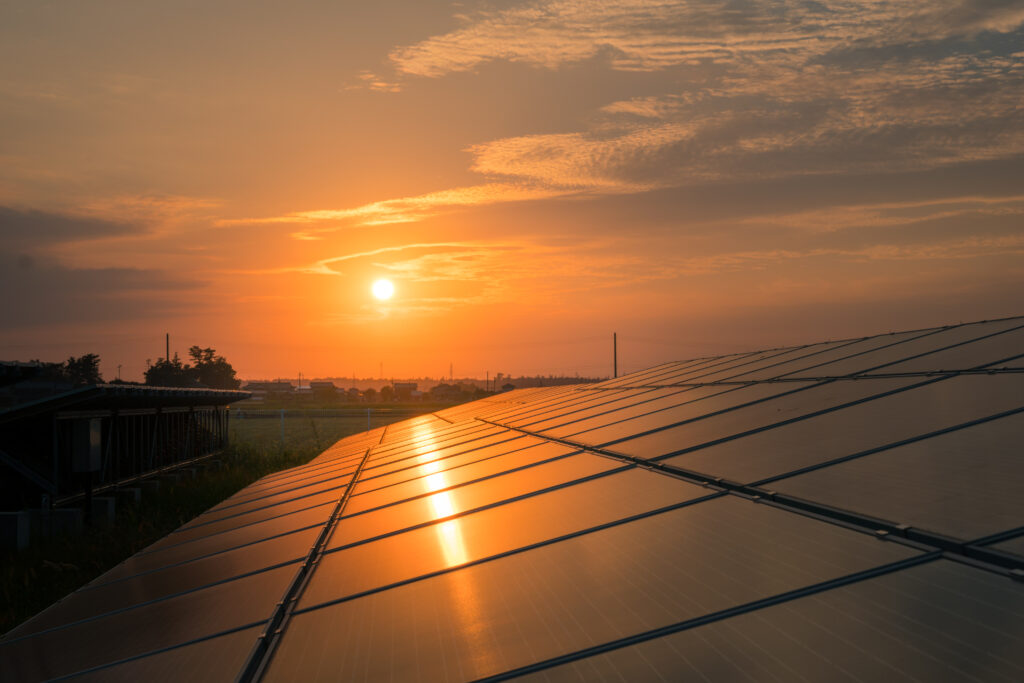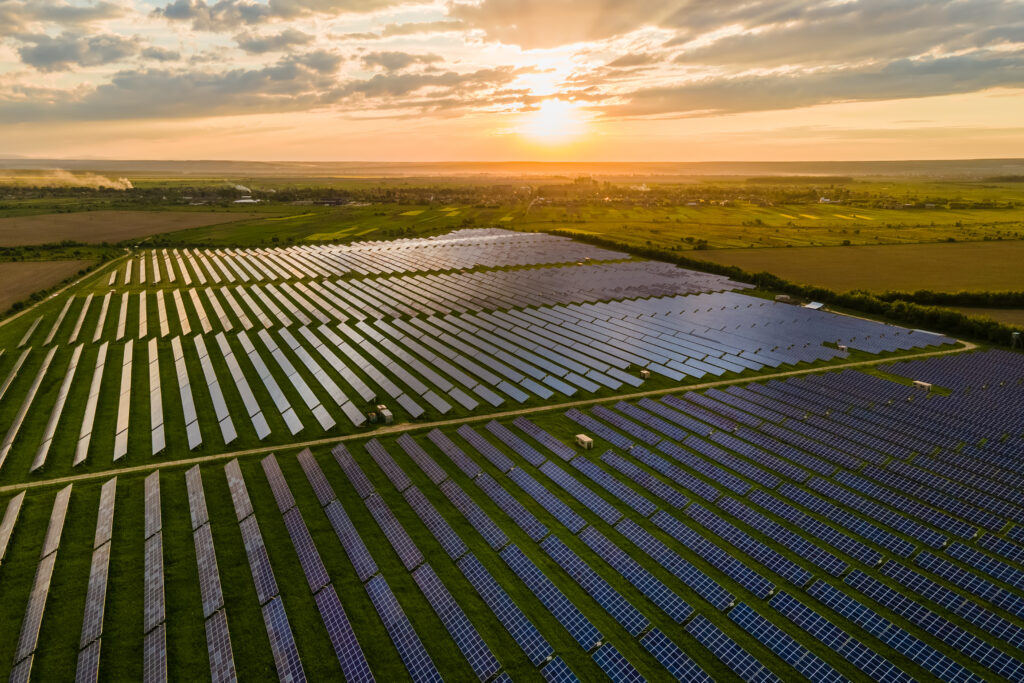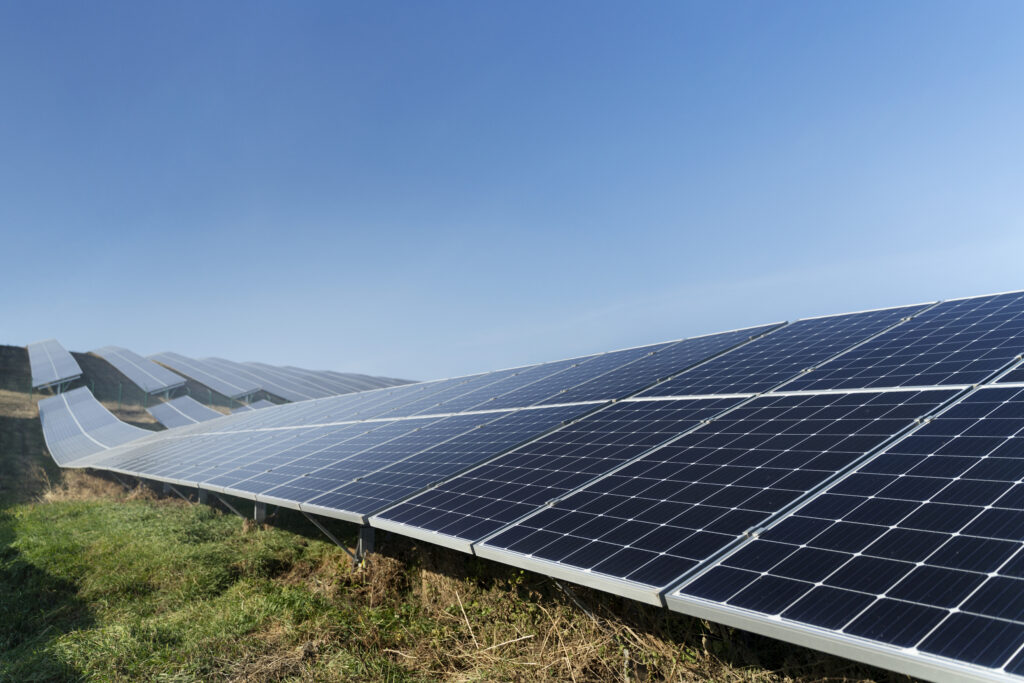




Pakistan enjoys significant potential for solar energy due to its geographic location and climate. With a vast landscape stretching over diverse regions, the country receives abundant solar irradiance, making it an ideal candidate for solar energy projects. Understanding solar irradiance and climatic suitability is essential for maximizing renewable energy production and policy development.
Solar Irradiance in Pakistan
The solar irradiance in Pakistan varies considerably across its regions. In general, the country receives an average solar radiation of approximately 4-7 kWh/m² per day. The southern provinces, such as Sindh and Balochistan, experience higher levels of solar irradiance due to their arid and semi-arid climates. For instance, areas such as Jacobabad and Larkana report peak solar radiation, often exceeding 7 kWh/m² per day during summer months.
In contrast, the northern regions experience varying climatic conditions that can affect solar energy production. For example, areas like Gilgit-Baltistan receive less solar irradiance during winter, yet they still hold potential for energy harnessing during summer with their prolonged daylight hours.
Climatic Suitability
The climatic diversity in Pakistan also impacts the energy generation potential of solar panels. High temperatures in the southern regions create favorable conditions for solar energy production, as solar panels operate more efficiently under high irradiance. However, extreme heat can increase the panel’s temperature, leading to potential efficiency losses. In such circumstances, selecting high-performance panels can mitigate inefficiencies.
Other climatic factors such as humidity, dust, and cloud cover also play a role. Regions with high humidity and dust accumulation, like some areas in Punjab, can reduce panel efficiency. Therefore, regular maintenance and cleaning routines are crucial to ensure optimal performance.
Regional Insights
-
Sindh: With some of the highest solar irradiance levels, Sindh is at the forefront of solar energy projects. The government has initiated various solar farms to harness this potential.
-
Punjab: Though slightly less irradiant than Sindh, Punjab’s vast agricultural land provides ample space for solar installations. Projects like the Quaid-e-Azam Solar Park have gained traction here.
-
Balochistan: Known for its high irradiance and open landscapes, Balochistan is also rapidly developing solar projects. The remoteness of some regions means that solar could be a primary energy source for off-grid communities.
-
Khyber Pakhtunkhwa and Gilgit-Baltistan: These mountain regions might have lower overall irradiance but can still support solar power projects, especially during summer periods.
Energy Policy and Future Directions
The government of Pakistan has recognized the importance of solar energy within its broader energy strategy. With the present focus on increasing the share of renewable energy in the national grid, solar power projects are gaining priority. The National Electricity Policy outlines ambitious targets for solar energy generation, aiming to produce significant megawatts from renewable sources by 2030.
International collaborations, favorable governmental policies, and technological advancements in solar energy systems further enhance Pakistan’s capacity to harness solar power.
Moreover, small-scale solar installations have emerged as a viable option for rural electrification, providing energy access to remote areas. Community-based solar solutions boost local economies and contribute to energy independence.
Challenges to Overcome
While the potential for solar energy in Pakistan is vast, several hurdles need addressing:
-
Infrastructure: The development of a robust energy infrastructure is essential to support large-scale solar projects.
-
Investment: Attracting investment through incentives and reducing risks in solar projects will boost development.
-
Public Awareness: Informing the public about the benefits and potential of solar energy adoption can drive collective action and policy support.
-
Regulatory Framework: Establishing clear and supportive regulations can facilitate the establishment of solar projects.
With these challenges addressed, Pakistan can look forward to a sustainable energy future powered by solar energy.
For further insights on solar energy and the renewable landscape in Pakistan, you can explore our related articles:
- Solar Energy Developments in Pakistan
- The Role of Renewable Energy in Pakistan’s Economy
- Understanding Climatic Impacts on Solar Energy Performance
In conclusion, Pakistan stands at a pivotal moment in its energy evolution. By focusing on maximizing its solar potential, the country can ensure a cleaner, greener future. For more information on renewable energy and solar solutions, visit Andromeda Energy.
Renewables – Energy System – IEA

IEA – International Energy Agencyhttps://www.iea.org › energy-system › renewables
Renewable Energy World
Renewable Energy Worldhttps://www.renewableenergyworld.com


Leave a Reply